SUMMARY
This is AI generated summarization, which may have errors. For context, always refer to the full article.
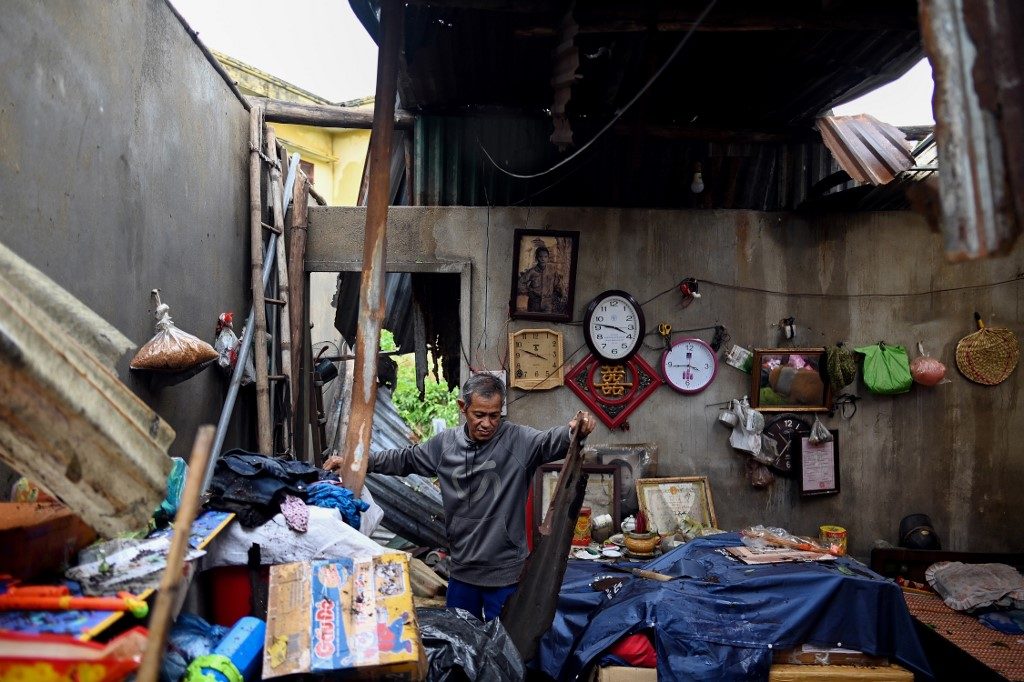
Twenty-one people have been died and dozens more were feared dead on Thursday, October 29, after a typhoon tore through central Vietnam, triggering landslides and causing some of the worst destruction seen in years.
Typhoon Molave hit villages as it made landfall a day earlier, tearing roofs from homes and bringing heavy rain to an area already badly affected by weeks of flooding.
Hundreds of rescuers were desperately trying to reach survivors after several landslides, but many were hampered by thick mud and fallen trees.
“My two daughters were pulled out from the mud by neighbors,” Ho Thi Ha told AFP as one of her girls, four-year-old My, screamed in pain from an injured leg.
“But my father is dead and now I have nothing. Everything is buried in the mud,” the 28-year-old said.
Nineteen bodies had so far been pulled from the mud across 3 hard-hit villages in Quang Nam province, state media reported. Authorities said another 45 people were believed to be buried in the area.
Soldiers were among a search team using heavy bulldozers and excavators to better access two of the villages.
Two people were killed earlier as they tried to protect their homes from the typhoon, Vietnam’s fourth storm this month.
Authorities relocated around 375,000 people to safety, cancelled hundreds of flights and closed schools and beaches.
It made landfall south of Danang packing winds of up to 145 kilometres per hour (85 miles per hour), before weakening to a tropical depression on Thursday.
Nearly 90,000 homes had their roofs blown off and many were destroyed in the storm, according to the International Federation of Red Cross and Red Crescent Societies (IFRC).
Communities ‘torn apart’
Twenty-six fishermen were also still missing on Thursday, with helicopters and navy ships deployed to look for their two vessels that disappeared before the storm made landfall.
The typhoon, which also killed 16 people and destroyed homes in the Philippines, came on the back of weeks of flooding and landslides that claimed 130 lives.
“We are heartbroken by more tragic loss of life as this typhoon has brought further misery and hardships to hundreds of thousands of people in central Vietnam,” said Vietnam Red Cross Society president Nguyen Thi Xuan Thu.
More than 700 communities were without power, while infrastructure, crops and safe drinking water supplies had been damaged or destroyed, the Red Cross added.
Hoang Phuong Thao, executive director of ActionAid Vietnam, said the typhoon had brought more death and destruction to communities already “torn apart by the worst flooding we’ve seen in decades”.
Vietnam is prone to natural disasters in the rainy season between June and November, with central coastal provinces commonly impacted, but the storms have noticeably worsened in recent years.
The Red Cross said the storms were “yet another example of the devastating impact of climate change”. – Rappler.com
Add a comment
How does this make you feel?



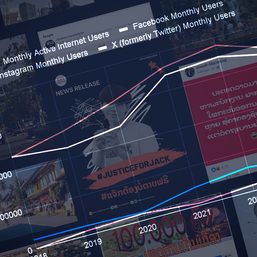


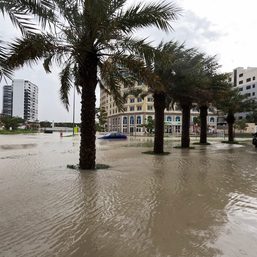
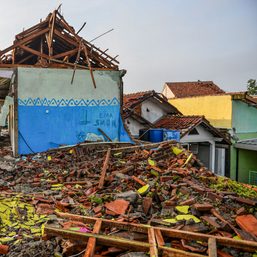
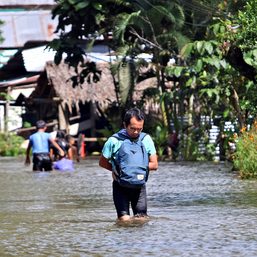
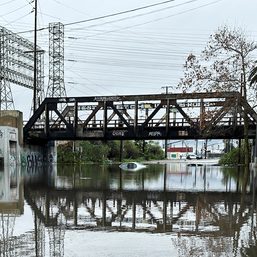
There are no comments yet. Add your comment to start the conversation.